Camellia sinensis var. assamica
Camellia sinensis var. assamica
1. The products in our compound library are selected from thousands of unique natural products; 2. It has the characteristics of diverse structure, diverse sources and wide coverage of activities; 3. Provide information on the activity of products from major journals, patents and research reports around the world, providing theoretical direction and research basis for further research and screening; 4. Free combination according to the type, source, target and disease of natural product; 5. The compound powder is placed in a covered tube and then discharged into a 10 x 10 cryostat; 6. Transport in ice pack or dry ice pack. Please store it at -20 °C as soon as possible after receiving the product, and use it as soon as possible after opening.
Natural products/compounds from Camellia sinensis var. assamica
- Cat.No. Product Name CAS Number COA
-
BCN5372
Methyl salicylate119-36-8
Instructions
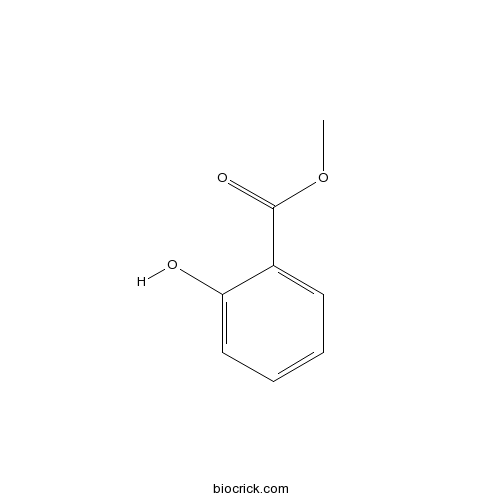
-
BCN1668
Gallic acid149-91-7
Instructions
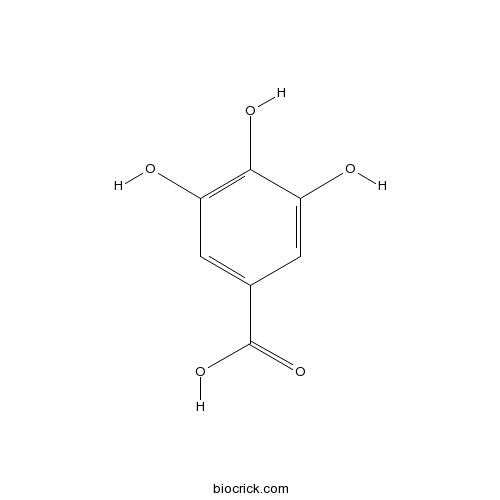
-
BCN1688
Catechin154-23-4
Instructions
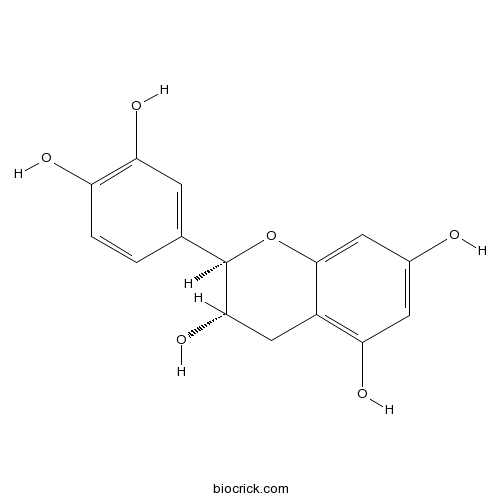
-
BCN5807
Caffeine58-08-2
Instructions

-
BCN4519
(-)-Epigallocatechin(EGC)970-74-1
Instructions
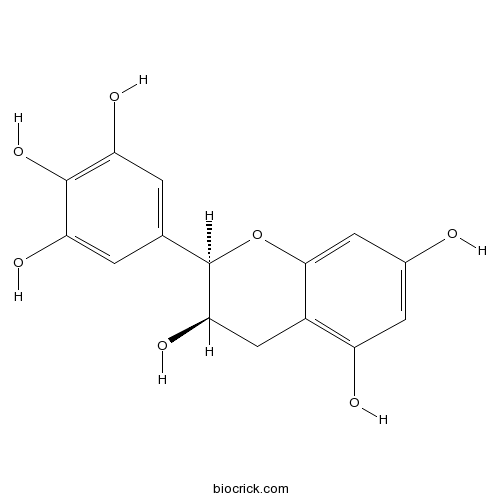
-
BCN6326
(-)-Epigallocatechin gallate989-51-5
Instructions
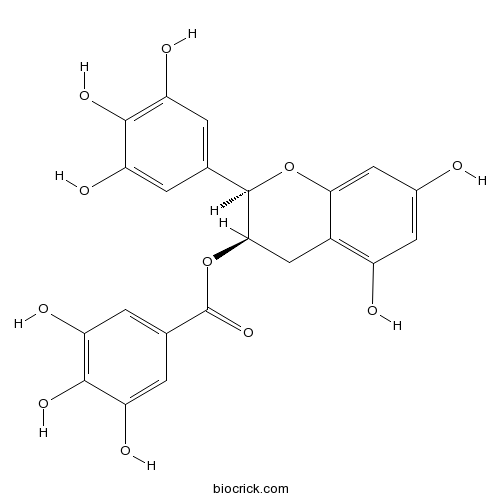
Flavoalkaloids with a Pyrrolidinone Ring from Chinese Ancient Cultivated Tea Xi-Gui.[Pubmed: 29976052]
Chinese Xi-Gui tea is one ancient cultivated variety of Camellia sinensis var. assamica. At present, it is used for producing expensive and elite tea in China. Five new flavoalkaloids, (-)-6-(5''' S)- N-ethyl-2-pyrrolidinone-epicatechin-3- O-gallate (ester-type catechins pyrrolidinone E, etc-pyrrolidinone E, 1), (-)-6-(5''' R)- N-ethyl-2-pyrrolidinone-epicatechin-3- O-gallate (etc-pyrrolidinone F, 2) (-)-8-(5''' S)- N-ethyl-2-pyrrolidinone-epicatechin-3- O-gallate (etc-pyrrolidinone G, 3a), (-)-8-(5''' S)- N-ethyl-2-pyrrolidinone-catechin-3- O-gallate (etc-pyrrolidinone I, 4a), (-)-8-(5''' R)- N-ethyl-2-pyrrolidinone-catechin-3- O-gallate (etc-pyrrolidinone J, 4b), and one new naturally occurring natural product (-)-8-(5''' R)- N-ethyl-2-pyrrolidinone-epicatechin-3- O-gallate (etc-pyrrolidinone H, 3b) together with the known flavoalkaloids etc-pyrrolidinones A-D (5, 6, 7a, and 7b) were detected and isolated from Xi-Gui green tea. Their structures were identified by comprehensive NMR spectroscopic analyses. Absolute configurations of 1-3 were established by comparison of the CD analyses with epicatechin-3- O-gallate (ECG). Compounds 1-4 were evaluated for their protection against high glucose induced cell senescence on human umbilical vein endothelia cells (HUVECs) and showed significant protection effects ( p < 0.01) at both 1.0 and 10 μM. A discussion on the possible evolution of tea plants divergent from related food plants on the basis of phytochemical view is also provided.
Naphthoquinone Metabolites Produced by Monacrosporium ambrosium, the Ectosymbiotic Fungus of Tea Shot-Hole Borer, Euwallacea fornicatus, in Stems of Tea, Camellia sinensis.[Pubmed: 29292470]
The tea shot-hole borer beetle (TSHB, Euwallacea fornicatus) causes serious damage in plantations of tea, Camellia sinensis var. assamica, in Sri Lanka and South India. TSHB is found in symbiotic association with the ambrosia fungus, Monacrosporium ambrosium (syn. Fusarium ambrosium), in galleries located within stems of tea bushes. M. ambrosium is known to be the sole food source of TSHB. Six naphthoquinones produced during spore germination in a laboratory culture broth of M. ambrosium were isolated and identified as dihydroanhydrojavanicin, anhydrojavanicin, javanicin, 5,8-dihydroxy-2-methyl-3-(2-oxopropyl)naphthalene-1,4-dione, anhydrofusarubin and solaniol. Chloroform extracts of tea stems with red-colored galleries occupied by TSHB contained UV active compounds similar to the above naphthoquinones. Laboratory assays demonstrated that the combined ethyl acetate extracts of the fungal culture broth and mycelium inhibited the growth of endophytic fungi Pestalotiopsis camelliae and Phoma multirostrata, which were also isolated from tea stems. Thus, pigmented naphthoquinones secreted by M. ambrosium during spore germination may prevent other fungi from invading TSHB galleries in tea stems. The antifungal nature of the naphthoquinone extract suggests that it protects the habitat of TSHB. We propose that the TSHB fungal ectosymbiont M. ambrosium provides not only the food and sterol skeleton necessary for the development of the beetle during its larval stages, but also serves as a producer of fungal inhibitors that help to preserve the purity of the fungal garden of TSHB.
Optimisation of saponin extraction conditions with Camellia sinensis var. assamica seed and its application for a natural detergent.[Pubmed: 28990656]
Camellia sinensis var. assamica seed cake (a by-product of tea-seed oil) is an abundant resource with poor utilisation. C. sinensis var. assamica seed saponin (CSS) is one kind of non-ionic surfactant. In this study, the CSS extraction conditions were optimised by response surface methodology (RSM) and then the CSS detergent was developed. Additionally, the safety and decontamination ability of the developed detergent were evaluated.


